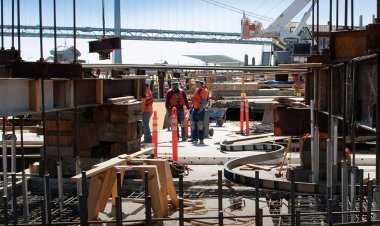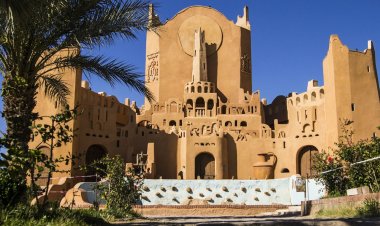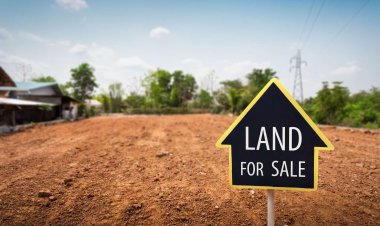Uhuru’s Performance on Affordable Housing Agenda During His Regime
In his second term, President launched an economic strategy labeled the Big 4 agenda. Among the pillars was affordable housing. Just how well did his administration deliver in that?

President Uhuru Kenyatta and his deputy, the now President-elect, William Ruto ascended to power in March 2013.
The two took office soon after the promulgation of Kenya’s constitution in 2010. This presented them with an opportunity to provide leadership in the implementation of the constitution.
In their second term, Uhuru launched an economic strategy labeled the Big 4 agenda. The strategy focused on these four pillars; food security, affordable housing, universal healthcare, and manufacturing and job creation.
Article 43 of the new constitution clearly highlights economic and social rights. It confers every citizen's rights to the “highest attainable standard” of health and access to reasonable standards of housing and sanitation. It also calls for access to adequate food of “acceptable” quality, clean and safe water, social security, and education.
Even as Uhuru waits to hand over power, just how well did his administration live up to the promises he made to Kenyans?
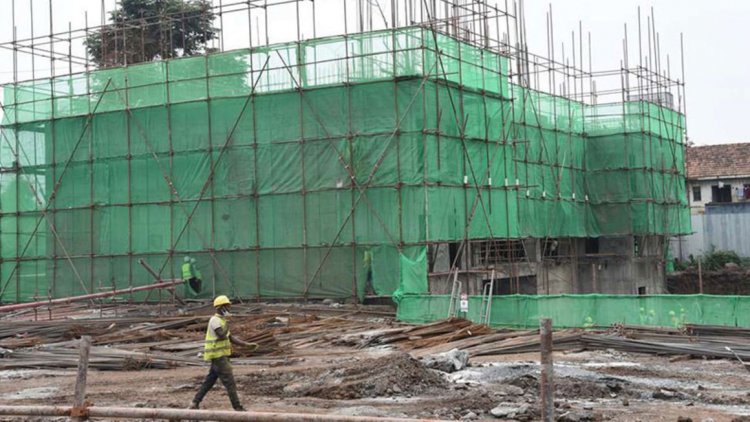 [An ongoing construction at Pangani affordable housing project site in Nairobi on September 10, 2020. Photo/Courtesy]
[An ongoing construction at Pangani affordable housing project site in Nairobi on September 10, 2020. Photo/Courtesy]
Under his affordable housing pillar, President Kenyatta promised to:
- Work toward building 500, 000 affordable new houses for Kenyan families across the 47 counties.
- Reduce the cost of home ownership by 50%.
- Create 300,000 new jobs in the construction sector.
- Reduce the average cost of construction by 30%.
- Increase the construction sector's contribution to GDP by 100%.
- Reduce the low-income housing gap by 60%.
According to the Big Four Agenda delivery report submitted by the State Department for Housing and Urban Development in 2019, Uhuru’s government had achieved the following as it pertained to the affordable housing pillar:
During the period under review of the projects, the following housing units were completed: 228 affordable housing units, 462 social housing units, 1.230 National Police and Kenya Prison Service units, 250 units in Kisumu, and 496 mortgages disbursed to civil servants.
Furthermore, the was a registration of over 270,000 Kenyans on the Boma Yangu platform where nearly 15,000 members have contributed over Ksh,100 million voluntarily as deposits for the purchase of homes under Affordable Housing Projects (AHP).
The government had also identified over 120 potential project sites across the country with about 12,300 acres for the development of AHP projects.
There was a launch of flagship projects, of which the first at park road, Nagra, has provided an initial 228 completed housing units in a record six months from inception.
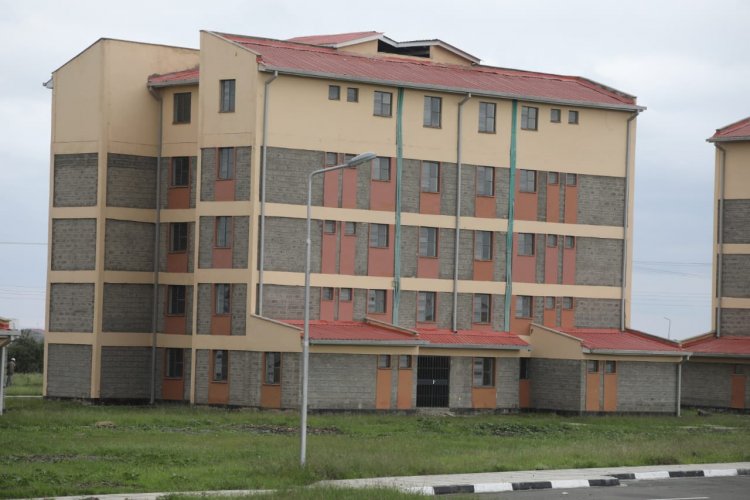 [Mavoko sustainable housing programme. Photo/Courtesy]
[Mavoko sustainable housing programme. Photo/Courtesy]
While the report highlighted the aforementioned achievements, it noted, “The continues concentration of private sector housing delivery in the high-end housing market has resulted in a deficit in the supply of low-cost housing.”
It went ahead to assert that there is a lack of attractive incentives to spur the private sector in the development of low-cost housing and there are also high land compensation and resettlement costs.
Adding that the high cost of housing financing and land for infrastructure development is another major challenge in achieving their projected goals.
The units to have been constructed were units of three-bedroom, two-bedroom, and one-bedroom houses where buyers will pay in installments after making the first deposit.
The State and counties had tapped international partners and the private sector in efforts to deliver the units due to budgetary constraints.
The British government 2021, pledged Ksh8 billion to fund the construction of affordable houses. The UK-funded InfraCo was to pump Ksh1 billion and another Ksh7billion was to come from private investors, both coming in as part of the UK government’s investment in infrastructure in Africa.
Private firms were signing Public Private Partnerships (PPP) where the government avails land for housing development, with private sector partners tasked with sourcing funds, and designing and constructing the houses.
While it is unclear as to how far the projects will have been completed by the time he hands over power, Kenyans can only hope that the incoming president will be able to pick up where his predecessor left off and deliver affordable houses to them.
If you have a real estate press release or any other information that you would like featured on African Real Estate Blog Post do reach out to us via email at [email protected]
























